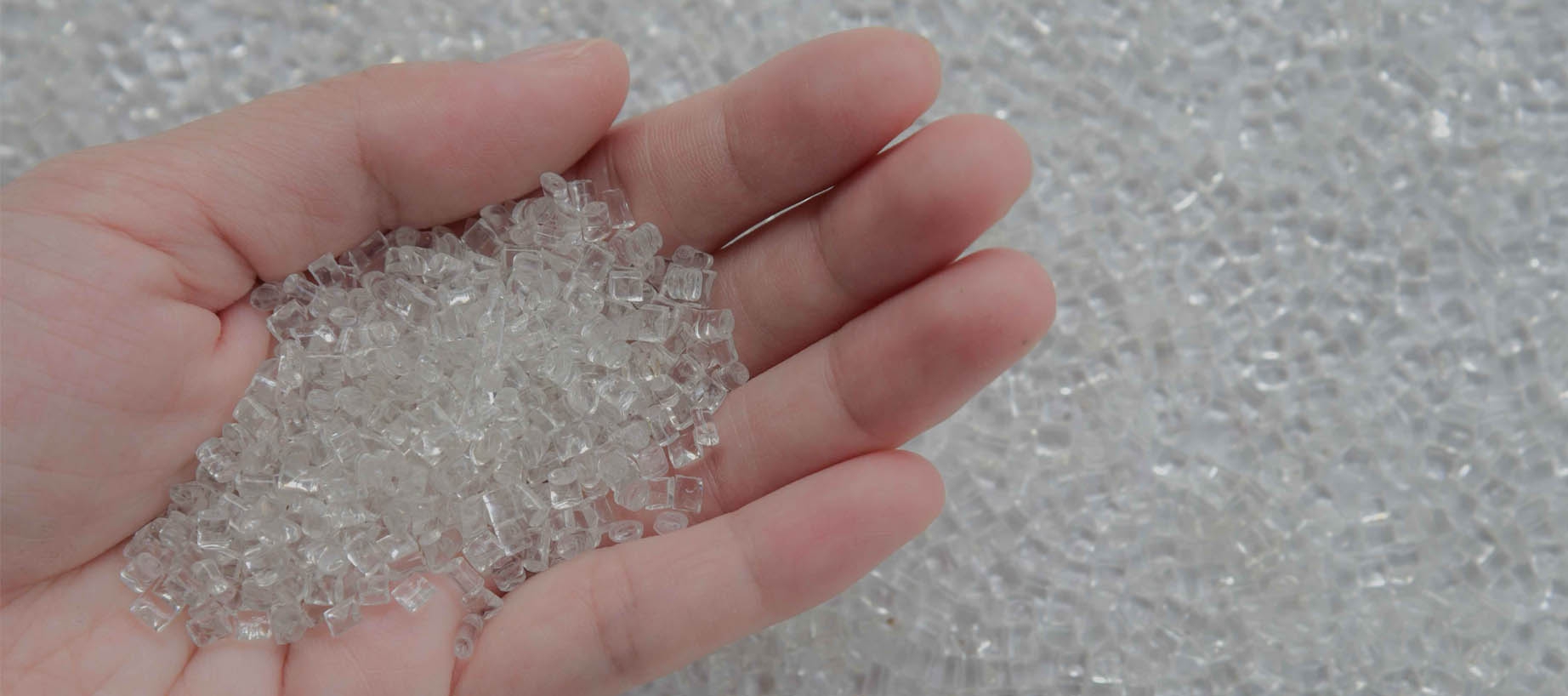FIRST AID MEASURES
- Inhalation: In case of exposure to vapours, gases and fumes resulting from combustion or in molten form, take the victim to the open air and place him/her in a position where he/she can breathe freely. If necessary, provide artificial respiration and seek medical attention.
- Eye Contact: In case of eye contact, rinse with plenty of water for at least 15 minutes and seek medical advice immediately. Splashes of crisps or dust may damage the eye, rinse with water if necessary and seek medical advice.
- Skin Contact: If mechanical injury to eyes occurs, seek medical advice. In case of skin contact with melted chips, rinse with plenty of cold water. Do not try to remove the product from the skin. If burns occur, seek medical advice.
- Ingestion: No danger of toxicity, not biologically active. If symptoms persist, consult a doctor.
FIRE FIGHTING MEASURES
- Fire Extinguishing Vehicles: Water, carbon dioxide, foam, dry chemical powder.
- Harmful Combustion Products: Carbon monoxide, carbon dioxide.
- Protective Equipment: Wear full protective clothing and self-contained breathing apparatus. Do not inhale harmful gases resulting from combustion.
ACCIDENTAL SPREAD MEASURES
Sweep up spilt chips and polymer solid waste and dispose of in a suitable container. Walking on spilt chips may cause a fall. Do not allow to enter drains, soil and water bodies.
TRANSPORT and STORAGE
Store in dry conditions in tightly sealed original packs or in suitable stainless steel silos. Protect from direct sunlight and rain. Provide suitable conditions to prevent dust accumulation on the packaging. It is recommended that equipment in contact with the material be earthed to prevent static electricity caused by friction.
DISABILITY CONTROL and PERSONAL PROTECTION
Occupational exposure standards There are no established standards for polymer.
- Eye/Face Protection: Suitable eye protection when used in the cold process wear face protection. Wear a face shield when handling melted material.
- Hand/Skin Protection: Where necessary, use heat-resistant gloves. No special protective clothing is required under normal conditions. If there is a possibility of contact with hot or melted material, wear heat-resistant clothing and footwear.
- Respiratorion Protection: A respirator is not normally used. If airborne concentrations are expected to exceed the exposure limit, wear a suitable respirato.
- Decontamination Facilities: Eye wash, washing facilities
PHYSICAL and CHEMICAL PROPERTIES
- Physical State: Solid
- Colour: AMORF
- Odour: Odourless
- Boiling Points: NA
- Melting Points: 246- 259°C
- Ignition Temperature: 420°C
- Solubility in Water: Insoluble
TOXICOLOGICAL INFORMATION
- Carcinogenic/Mutogen/Reproduction: According to animal tests, polyethylene terephthalate is not carcinogenic or mutagenic. There is no danger for reproduction.
- Skin Irrıtatıon: According to allergy tests on the skin, it does not cause any irritation on the skin.
- Eye Irritation: May cause irritation if splashed.
ECOLOGICAL INFORMATION
Not biodegradable. Insoluble in water, for water not harmful. Not eco-toxic due to its chemical structure.
WASTE DISPOSAL
Dispose of according to local regulations. Dispose of in sewerage, Water prevent it from entering water sources and soil.
SHIPPING INFORMATION
ADR/RID Not classified. SEA- IMDG Not classified. AIR-ICAO Not classified.
LEGISLATION INFORMATION
It does not need to be labelled as a dangerous substance according to European Directive 67/548/EC.
OTHER INFORMATION
The Safety Data Sheet is based on our current knowledge. The product is described solely for the purpose of health, safety and environmental requirements. For this reason, it should not be interpreted as guaranteeing any specific property of the product.



